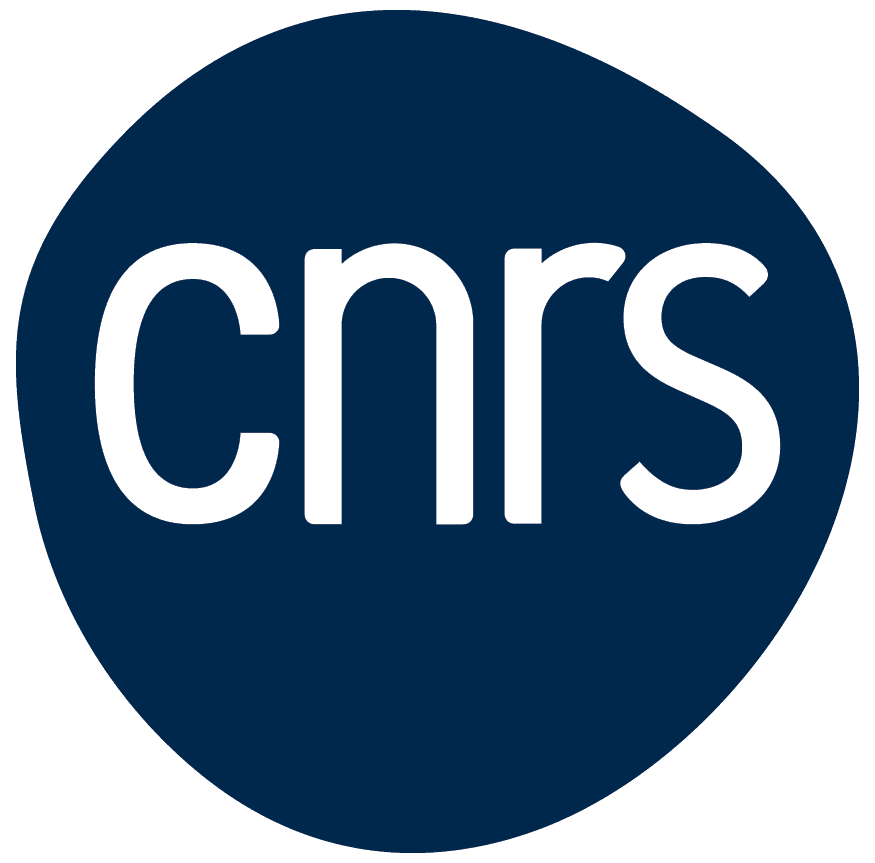Page non trouvée
La page que vous avez demandé n'existe pas ou n'existe plus.
Pour poursuivre votre recherche :
- Retournez à la page d'accueil ;
- ou cliquez sur le bouton “Page précédente” de votre navigateur.
Vous pouvez signaler le lien brisé en écrivant à webmestre@sciencespo.fr.
